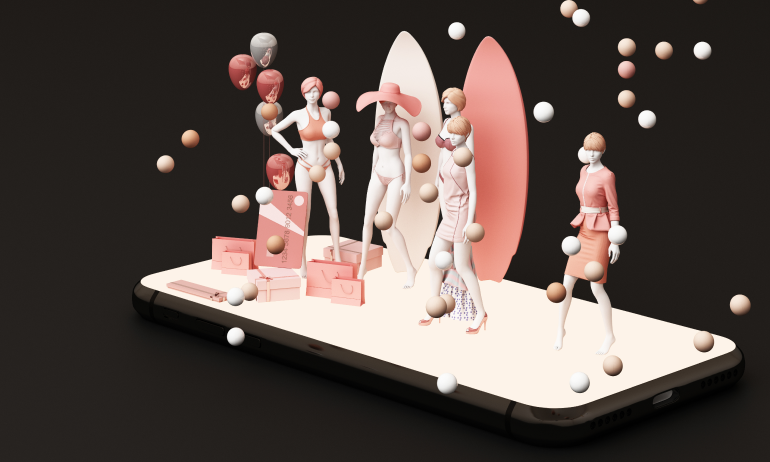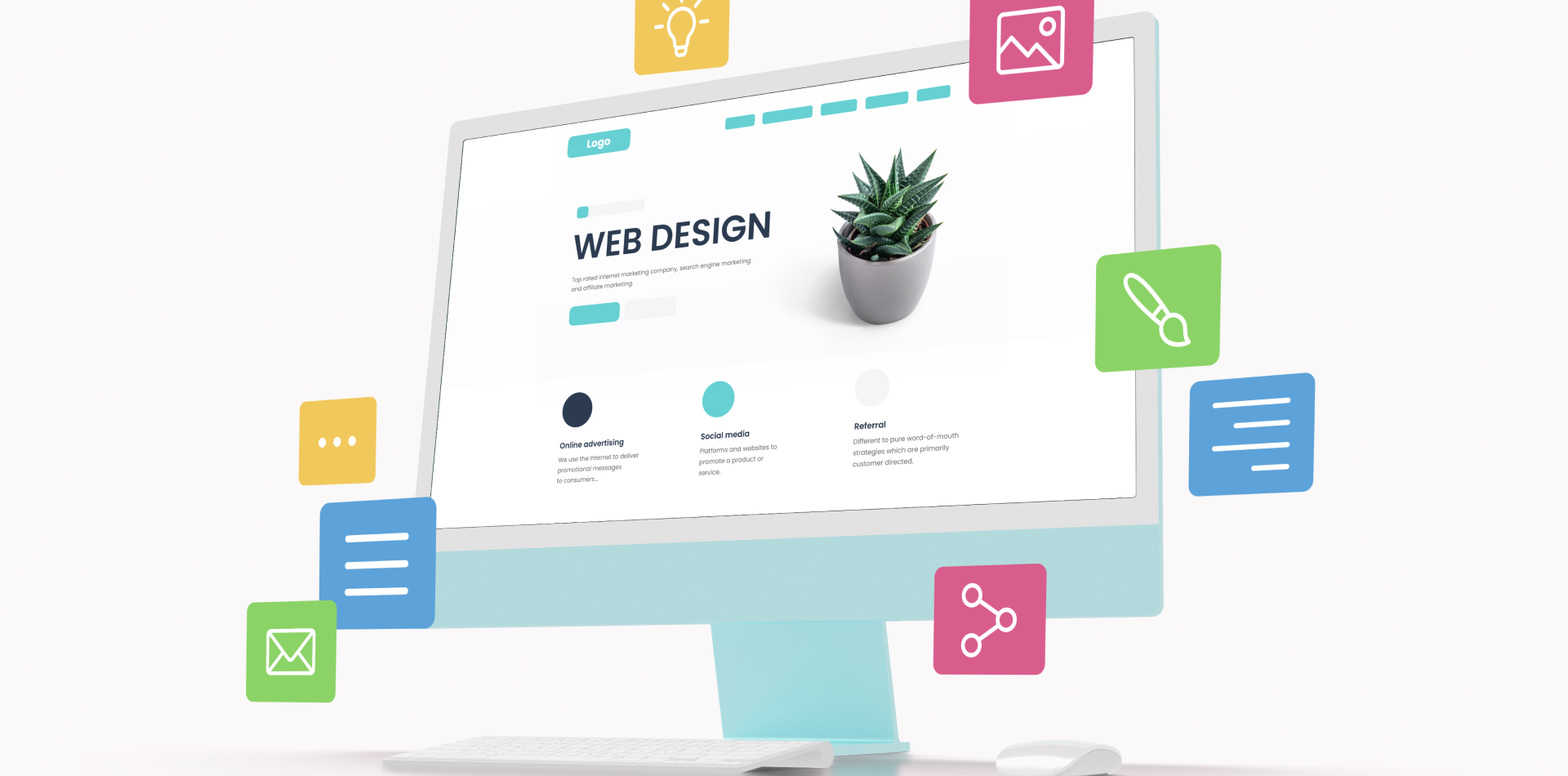What Are Microinteractions and Why Are They Important?
In web app design, microinteractions are the small, subtle moments that occur when a user interacts with an interface—like tapping a button, toggling a switch, or receiving a notification. While these interactions may seem minor, their impact is huge when it comes to user experience, usability, and emotional engagement.
Think of microinteractions as the “personality” of your app. They provide visual feedback, make interactions feel smooth and human, and help users understand what’s happening—without overwhelming them with information.
In this in-depth guide, we’ll explore the purpose of microinteractions, how they improve usability and engagement, and how to implement them effectively in your web app design.

✅ What Microinteractions Do in Web App Design
Microinteractions are functional and emotional cues. They guide users, celebrate small wins, and make digital experiences feel natural. Here’s how they enhance web app experiences:
🎯 1. Provide Instant Feedback
Microinteractions give users clear, immediate confirmation of their actions. Whether it’s a “like” animation, a spinning loader, or a subtle button press effect, they let users know that the system is responding.
🟢 A subtle checkmark after form submission reassures users their input was received.
🟢 A loading animation keeps users informed when data is being processed.
Without these, users might feel lost or think the app is broken.
🧠 2. Improve Usability Through Visual Cues
Microinteractions help users understand how the interface works. A toggle switch animation makes it clear what’s on or off. A swipe action reveals options like delete or archive.
🟢 Tooltips appearing on hover clarify icon functions.
🟢 Drag-and-drop previews show where content will land.
They reduce the need for instructions by making interfaces more intuitive and self-explanatory.
🔄 3. Guide User Flow Smoothly
These small design touches create rhythm and flow within a web app. Microinteractions help users transition between tasks without breaking focus.
🟢 Page transitions and animated scroll indicators provide continuity.
🟢 Progress bars show users where they are in a multi-step process.
The smoother the journey, the more satisfying and memorable the experience becomes.
🤝 4. Add Personality and Delight
Design isn’t just about function—it’s about feeling. Microinteractions inject emotion and personality into your app, making it more human and enjoyable.
🟢 A subtle animation when a user completes a task feels like a high-five.
🟢 Sounds or visual reactions to actions (like a bounce or spark) make the experience playful.
These “small moments of delight” can turn an ordinary interface into an extraordinary one.
📉 5. Reduce User Errors and Frustration
Microinteractions also play a vital role in error prevention and handling.
🟢 Input validation with red highlights and warning icons helps users correct mistakes instantly.
🟢 An animated shake effect when entering an incorrect password communicates the error clearly.
This makes your web app more forgiving and user-friendly, even when things go wrong.
❌ Common Mistakes to Avoid with Microinteractions
While microinteractions are powerful, poor implementation can hurt UX instead of improving it. Here’s what to watch out for:
🔴 Overuse of animation that slows down performance or distracts from core actions.
🔴 Inconsistent behavior, where some buttons animate and others don’t, leads to confusion.
🔴 Lack of feedback, where users click but get no visual confirmation.
🔴 Accessibility issues, like using color-only changes that aren’t visible to colorblind users.
Always test microinteractions across devices and screen sizes to ensure clarity, speed, and accessibility.
🛠️ How to Design Effective Microinteractions
Designing great microinteractions requires a mix of functionality, emotion, and subtlety. Here are key principles to follow:
🟢 Trigger & Feedback: Make sure every interaction has a clear cause and visible response.
🟢 Keep It Simple: The best microinteractions are subtle, purposeful, and fast—under 300ms is ideal.
🟢 Stay Consistent: Use a cohesive animation style and behavior throughout your app.
🟢 Support Accessibility: Provide alternatives like haptic feedback, sounds, or ARIA labels.
🟢 Test & Iterate: Use real user feedback to refine your animations and interactions.
Great microinteractions enhance the user journey without taking over the interface.
🔍 Real-World Examples of Microinteractions
Here are examples of brands that master microinteractions:
✨ Facebook: The “Like” button’s animated reactions make feedback fun and engaging.
✨ Google Docs: Real-time typing indicators and autosave messages build trust and flow.
✨ Duolingo: Correct answer animations and reward sounds motivate continued learning.
✨ Slack: Loading messages and emoji reactions add personality to communication.
✨ Spotify: Smooth transitions and hover effects improve playlist and song interaction.
These examples show how micro-moments create macro impact when done right.
🚀 Conclusion: Small Details, Big Impact
Microinteractions may be small, but they carry a massive role in shaping the user experience. From confirming actions to preventing errors and delighting users, these subtle design elements build trust, clarity, and emotional connection between the user and your product.
When thoughtfully implemented, microinteractions elevate your web app from a static tool to a dynamic, engaging experience that users enjoy coming back to.
💬 What’s Your Favorite Microinteraction?
Have you seen or created a microinteraction that stood out? Share it in the comments below—we’d love to see what inspires you!




4 Comments
Rachel Morgan
21 March 2025Microinteractions are like the secret sauce of great UX! 🍔✨
I love how a tiny animation can instantly make a user feel more connected.
Daniel Vega
21 March 2025Such a detailed post! 💡 The Duolingo example really stood out to me. It’s amazing how those micro moments keep me hooked on learning.
Tina Wells
21 March 2025Animations that celebrate task completion feel like a virtual high-five! 🙌
Oliver Bennett
21 March 2025This is one of the most comprehensive takes I’ve seen on microinteractions.
They’re small, but they guide and comfort users through every action.